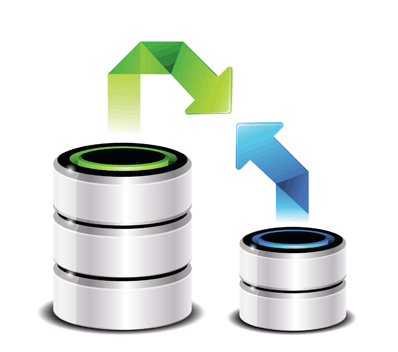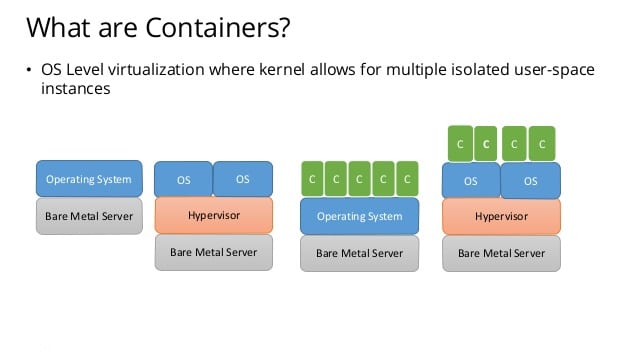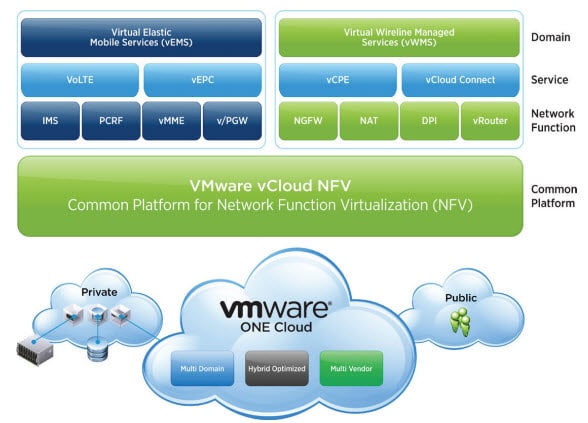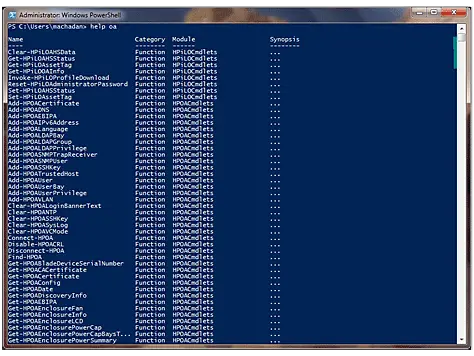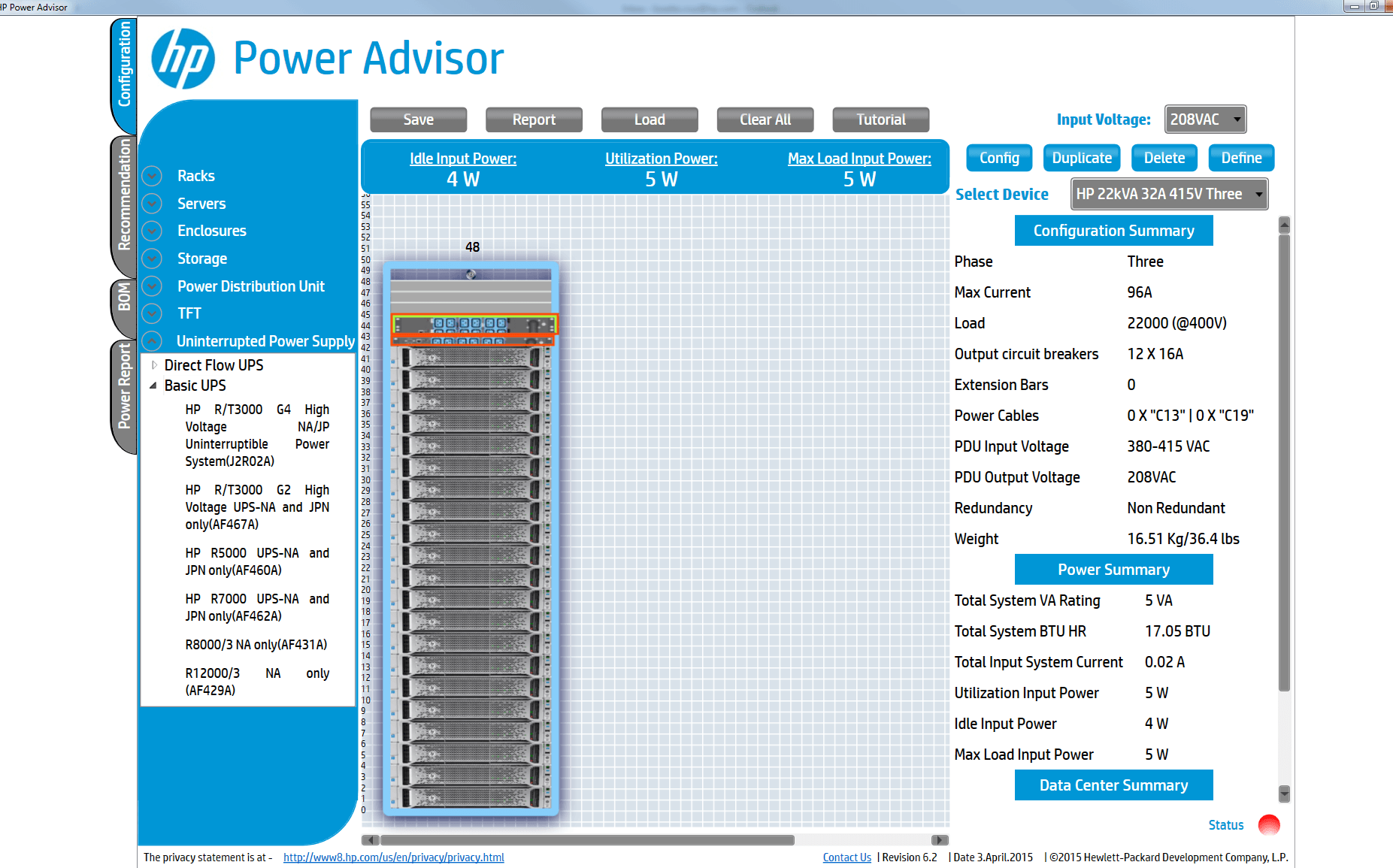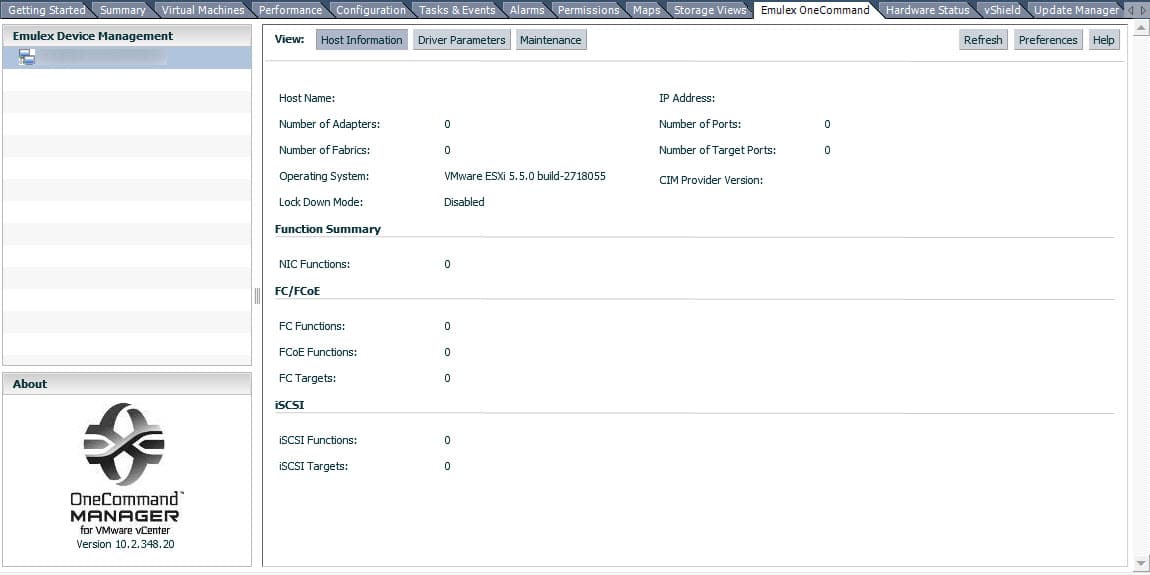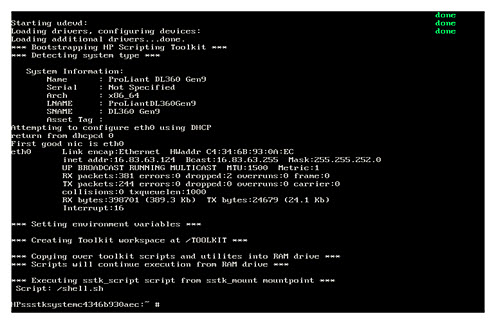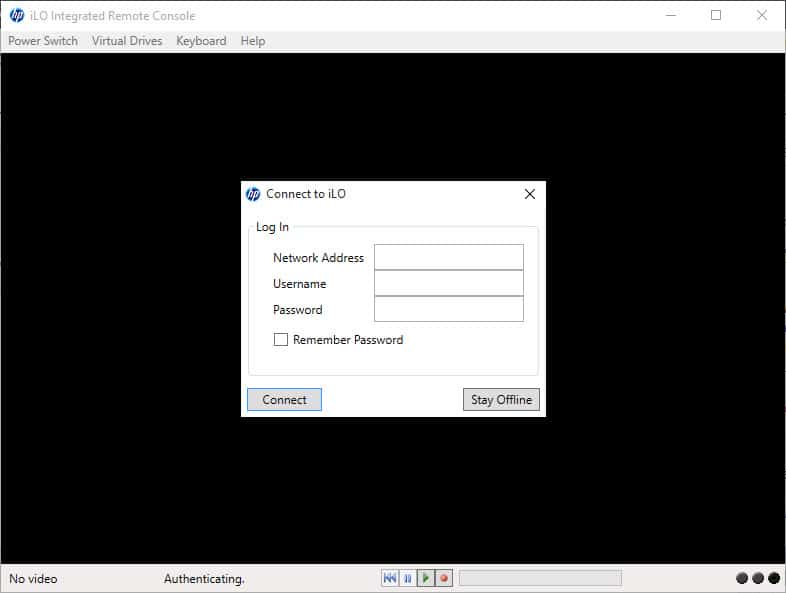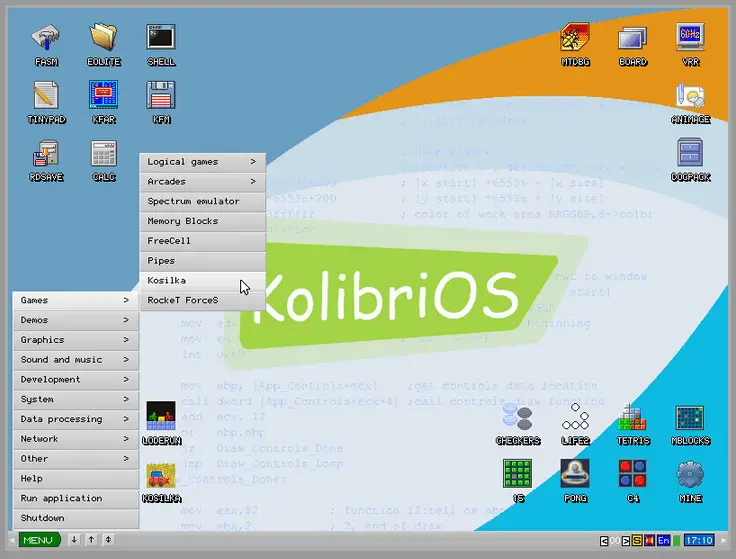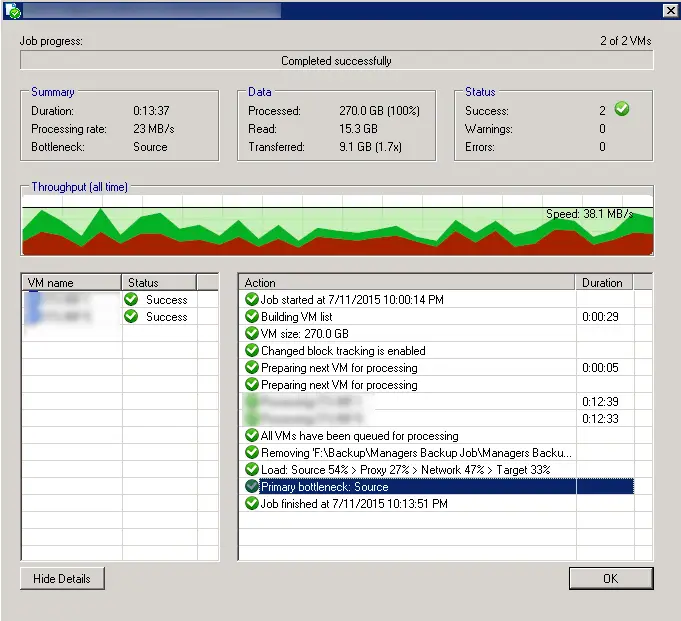This is a concept that Linux administrators are familiar with that because it’s born in Unix-Like operating systems. That is not new technology, and this method is older than most of us. What is “Operating System-Level Virtualization”? This technology as an advanced implementation of the standard chroot mechanism. Operating-system-level virtualization is a server-virtualization method where the kernel of an operating system allows for multiple isolated user-space instances, instead of just one. Such instances, which are sometimes called containers and software containers. Operating-system-level virtualization is commonly used in virtual hosting environments, where it is useful for securely allocating finite hardware resources amongst a large number of mutually-distrusting users. System administrators may also use it, to a lesser extent, for consolidating server hardware by moving services on separate hosts into containers on the one server. Other typical scenarios include separating several applications to separate containers for improved security, hardware independence, and added resource management features. The improved security provided by the use of a chroot mechanism, however, is nowhere near ironclad. Operating-system-level virtualization implementations capable of live migration can also be used for dynamic load balancing of containers between nodes in a cluster. Operating-system-level virtualization usually imposes little to no overhead, because...
